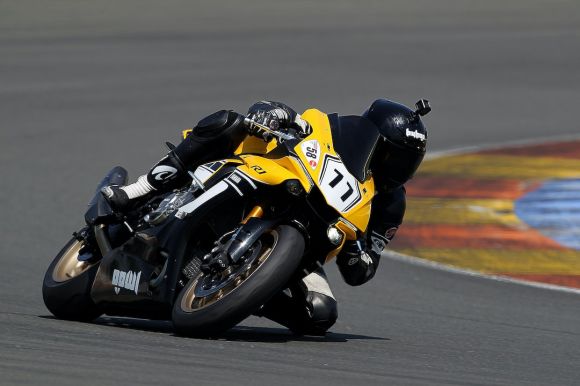One of the most exhilarating aspects of riding a motorcycle is the thrill of taking corners with precision and control. Cornering is a fundamental skill that every rider should strive to master. It not only enhances safety but also allows for a more enjoyable and confident riding experience. In this article, we will explore the key techniques and strategies to help you become a master of cornering.
Understanding the Dynamics
Before diving into the techniques, it is important to have a basic understanding of the dynamics behind cornering. When a motorcycle leans into a turn, centrifugal force pushes the bike outward. The key to successful cornering lies in counteracting this force by leaning the bike and maintaining control. By leaning the motorcycle, the tires gain more traction and the bike becomes more stable, allowing for smoother and more controlled turns.
The Line and Approach
Choosing the correct line and approach is crucial for effective cornering. The line refers to the path you take through a corner. The ideal line is usually the one that offers the widest radius, allowing for a smoother turn. To achieve this, it is important to approach the corner from the outside and then gradually move towards the inside as you navigate through it. This ensures that you have a clear view of the road ahead and maximizes your ability to lean into the turn.
Body Positioning
Proper body positioning is essential for maintaining balance and control while cornering. As you approach a turn, shift your body weight to the inside of the bike. This helps to counterbalance the centrifugal force and allows for a more controlled lean. Keep your upper body relaxed, with your arms slightly bent and your elbows tucked in. By positioning your body correctly, you can effectively distribute your weight and maintain stability throughout the corner.
Braking and Acceleration
Braking and acceleration play a crucial role in cornering. It is important to approach a corner at an appropriate speed, allowing you to smoothly transition into the turn without losing control. As you enter the corner, gradually release the brakes and roll on the throttle to maintain a consistent speed. The key is to be smooth and progressive with both the braking and acceleration inputs, as abrupt changes can upset the balance of the bike and lead to instability.
Trail Braking
Trail braking is a technique that advanced riders use to maximize control and stability while cornering. It involves lightly applying the brakes as you enter a corner, gradually releasing pressure as the turn progresses. This technique allows for better weight distribution and helps to maintain traction throughout the corner. It requires practice and a deep understanding of your bike’s capabilities, so it is recommended for experienced riders.
Practice and Confidence
Mastering the art of cornering requires practice and confidence. Start by practicing in a controlled environment, such as an empty parking lot or a closed circuit. Gradually increase your speed and lean angle as you become more comfortable and confident. It is important to remember that cornering is a skill that develops over time, so be patient and allow yourself to learn and improve at your own pace.
Conclusion: Becoming a Master of Cornering
In conclusion, mastering the art of cornering is a skill that every motorcycle rider should aim for. By understanding the dynamics, choosing the correct line and approach, positioning your body correctly, and utilizing proper braking and acceleration techniques, you can navigate corners with precision and control. Remember to practice regularly and build your confidence gradually. With time and experience, you will become a master of cornering, enhancing both your safety and enjoyment on the road.
